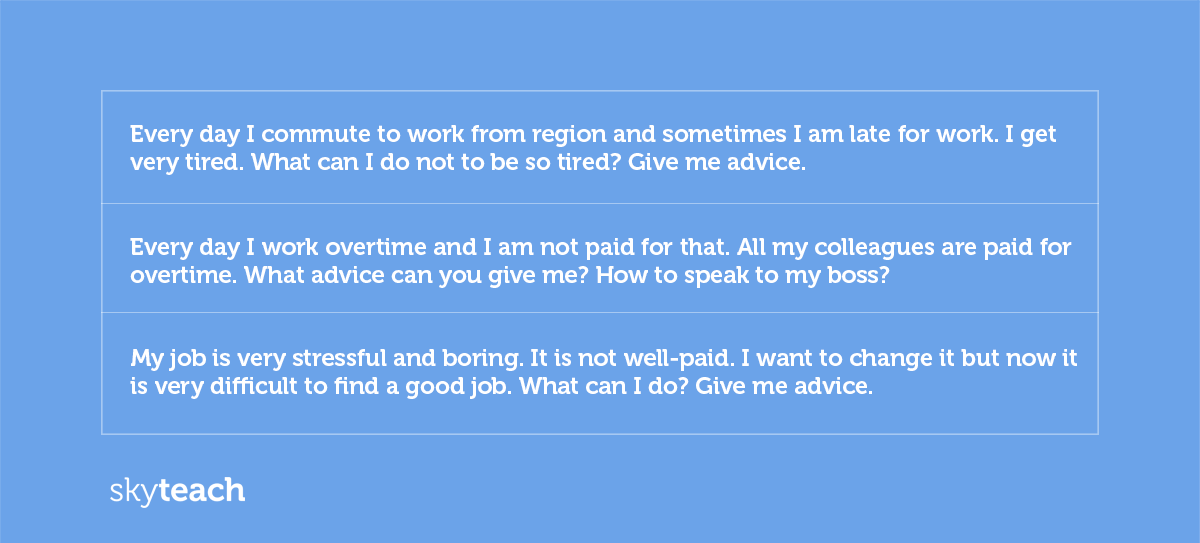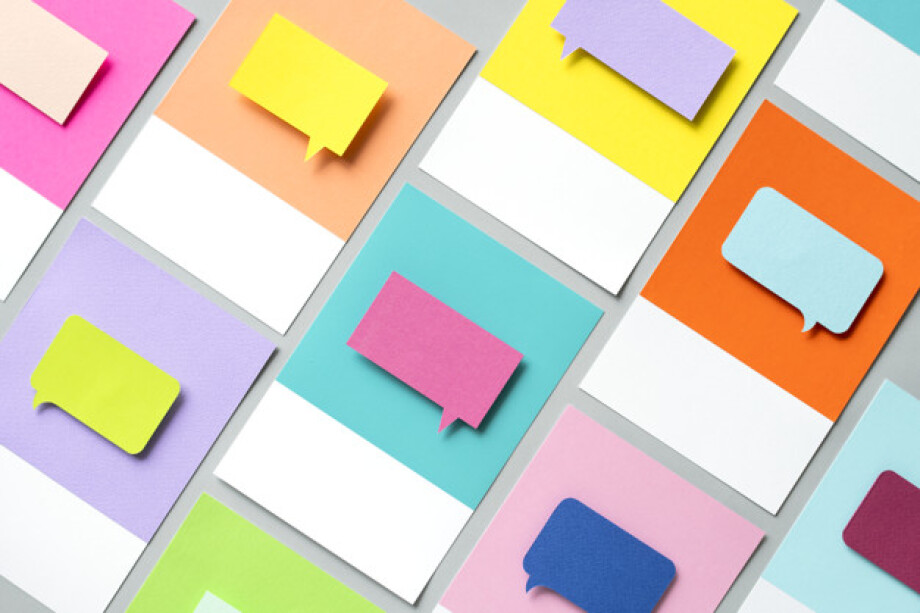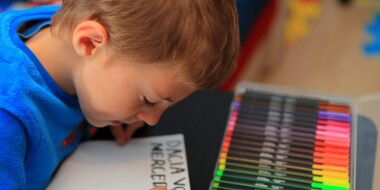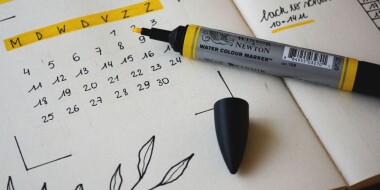Learning functional language equips students with the ability to communicate effectively in various everyday situations by performing functions, such as making requests, giving advice, complaining, agreeing, asking permission, etc. As functional language contains a lot of fixed expressions, it is best to teach these structures in manageable and small chunks. By trying to limit the number of structures you introduce in each lesson you help the students memorize them better and use those items effectively.
Here are some practical ways of teaching and practicing functional language items.
P.P.P. (Presentation, Practice, Production)
One of the most wide-spread formats of teaching functional language chunks is P.P.P. (Presentation, Practice, Production). During the Presentation stage teacher provides learners with the target language (teacher creates some social context in which he uses the target language. He can board the language, underline the key parts, drill pronunciation, intonation).
In the Practice stage students are given the opportunity to practice language functions presented in the first stage. In this stage, the learners are made to memorize and learn how to use different exponents appropriately in different contexts (gap-filling, matching exercises). See an example of a matching exercise.

During the Production stage, learners use the language functions freely as in the real-life situations by focusing on fluency rather than accuracy. Roleplay, oral games, guessing games, interviews, mini exchange, etc. are some useful activities to practice functional language. For example, the teacher may provide learners with some problem cards.

Learners present their problems to one of their peers and get advice. They may have some cards with an offer or request and the peer needs to give a reply by using appropriate functional language structures. Teachers can get a set of various activities which fit the Practice and Production stages in this site.
As a feedback, teacher boards functional language items which have been used by students. As an alternative to this, students may be given a task at the beginning to note all the functional language patterns their peers will use.
Students elicit the target language on their own through pair or group work activities
Teachers can prepare two or three (depends on how many groups he wants to have) posters in which they have sections for the specific target language (expressing opinions, agreeing, disagreeing, etc ). They provide each group a set of functional expressions (I agree there, I fully agree, the way I see it, to my thought, I strongly disagree, let me disagree, etc), set a time limit and the participants match the expressions to the sections. It is fun, engaging and apart from it you will have competition spirit.
As a communicative task each group may think of a situation for another group (You need to organize a school excursion for a group of 20 students. Decide the place and activities). They present the situations to each other and discuss to find a solution to it by using the functional language learnt. Teachers may take notes on the number of items used in each group to announce the winner group of the day.
A teacher gives learners scrambled sentences with the target functional language. They need to unscramble them, fix the new items drill and then use them in personalized contexts. As another fun way of elicitation activity follow the link.
Gap fill dialogues
Gap fill dialogues can be a nice way of both teaching and practicing functional language. The group is given a dialogue with gaps. Each member of the group is given one target structure which they need to place in an appropriate gap in the dialogue. After finishing the task they may be assigned to think of their own dialogues which they need to role-play (asking for direction, in the restaurant, at a hotel scenarios work the best).






 Ольга Клементьева
Ольга Клементьева 
 Анна Тетерина
Анна Тетерина 
 Диляра Биктагирова
Диляра Биктагирова 
 Маргарита Аветисян
Маргарита Аветисян 
